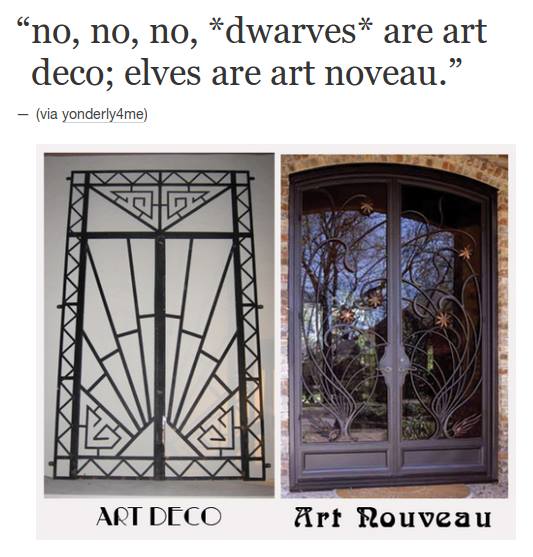This recent reblog from Tumblr artist RomanYon certainly caught the eye. Now I know when my New York City surroundings mimic the graceful whorls of classically Elven work, or the strong sharp patterns of Dwarven craft!
Architectural works in art nouveau can be difficult to distinguish from works in art deco, as the two terms tend to be used interchangeably when referring to buildings, facades, and metalwork in NYC, even though, like their respective races, the styles often clash. The Lord of the Rings comparison offered by RomanYon is very handy for keeping the two separate in this regard! That Chrysler Building? A Dwarven skyscraper if ever there was one. (Though there wasn’t.) That iron fence circling Central Park? Clearly the work of Elves!
What kind of art style and architecture would the other races of Middle-earth warrant There are stylistic themes from various eras and movements, but each strongly identifies with one style or another.
Hobbits
The curved and hilly design of Hobbit dwellings is rather unique, coming from their ancestral habit of living underground in holes. Though not all Hobbits lived underground, Tolkien reports:
Actually in the Shire in Bilbo’s days it was, as a rule, only the richest and the poorest Hobbits that maintained the old custom. The poorest went on living in burrows of the most primitive kind, mere holes indeed, with only one window or none; while the well-to-do still constructed more luxurious versions of the simple diggings of old.
As for those houses aboveground, they are described as “long, low, and comfortable… [with] a preference for round windows, and even round doors”. This curving attitude towards buildings brings to mind futurism, and it’s sleek, often rounded appearance. As ironic as the choice may be, there are many similarities in structure, including the plain approach to decorating the very building (not including hanged paintings or personal touches).
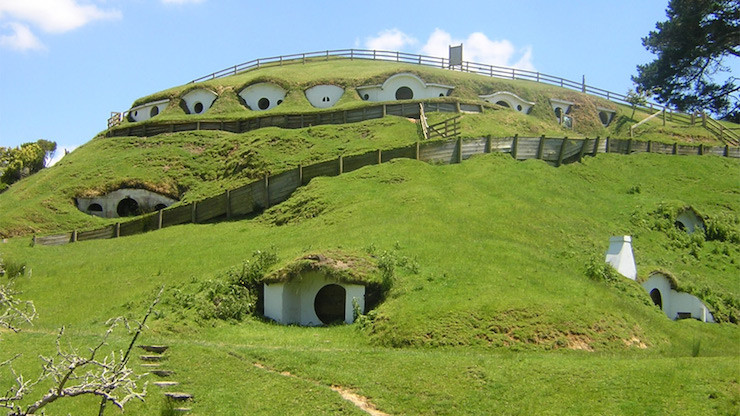
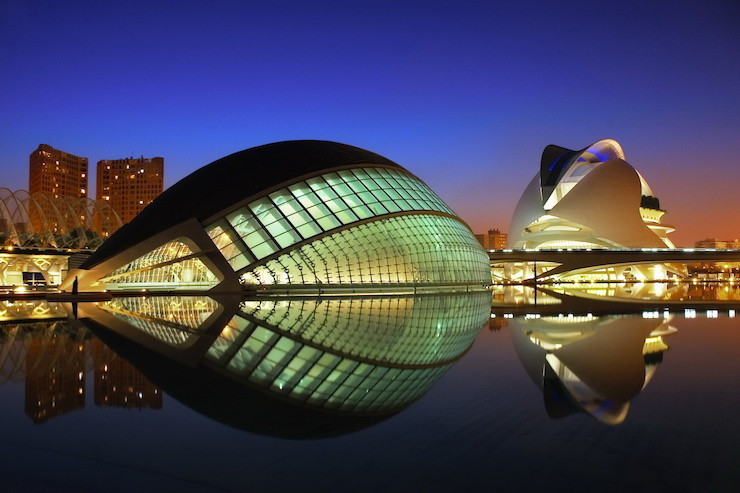
But coat that futurist framework with an aesthetic closer to English landscape naturalism, and you get a cozy Hobbit hole instead of a docked spaceship.
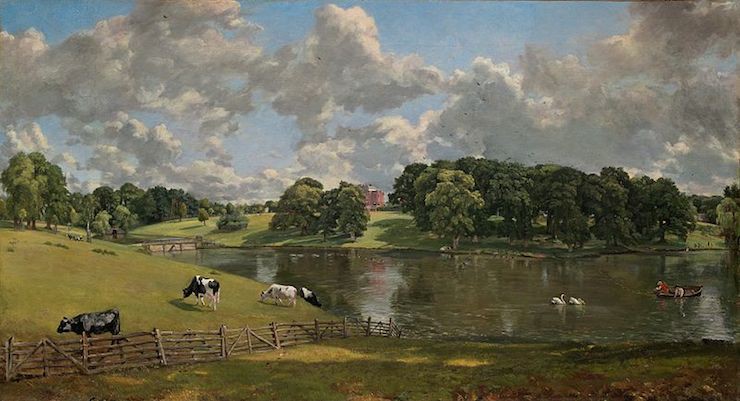
Men (of Gondor)
The architecture of Gondor is hewn from marble and stone, bringing out a regal and proud air to the fantasy kingdoms of The Lord of the Rings, even when they’re depicted in decline. The stonework is reminiscent of classical art and architecture as seen in Greek and Roman Antiquity. Interestingly, although Men are “newer” than Dwarves and Elves, their architectural preferences are older, hewing strictly to the classical architecture of Rome at its height.
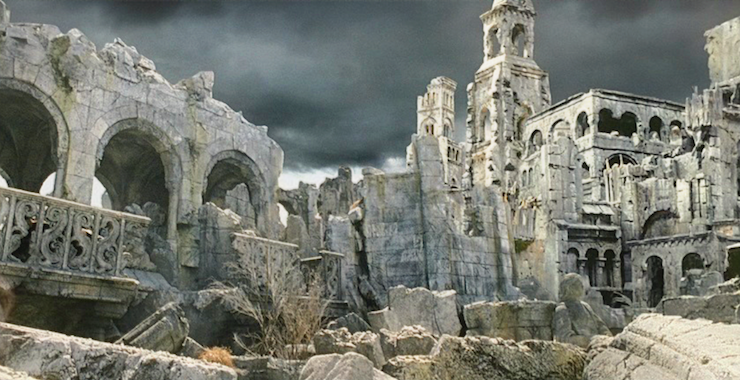
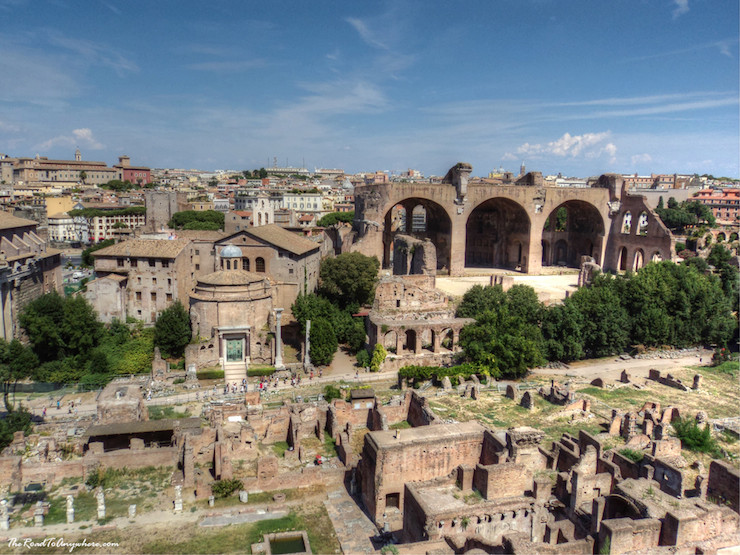
Men (of Rohan)
The men of Rohan have an architectural style much less grandiose than that of Gondor, even at their walled in fortress of Helm’s Deep. From the largely wood and iron buildings to the decorative designs, the Rohirrim resonate easily with Norse styles and Viking accommodations.
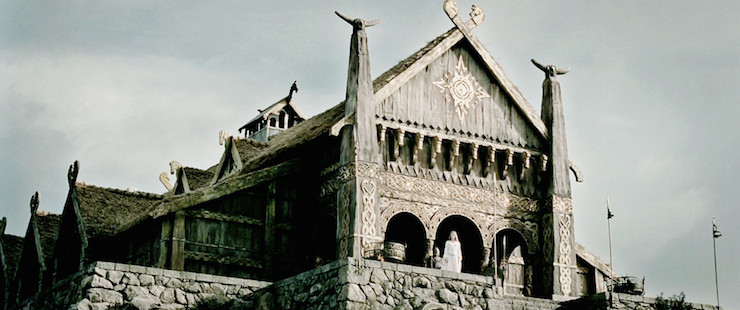
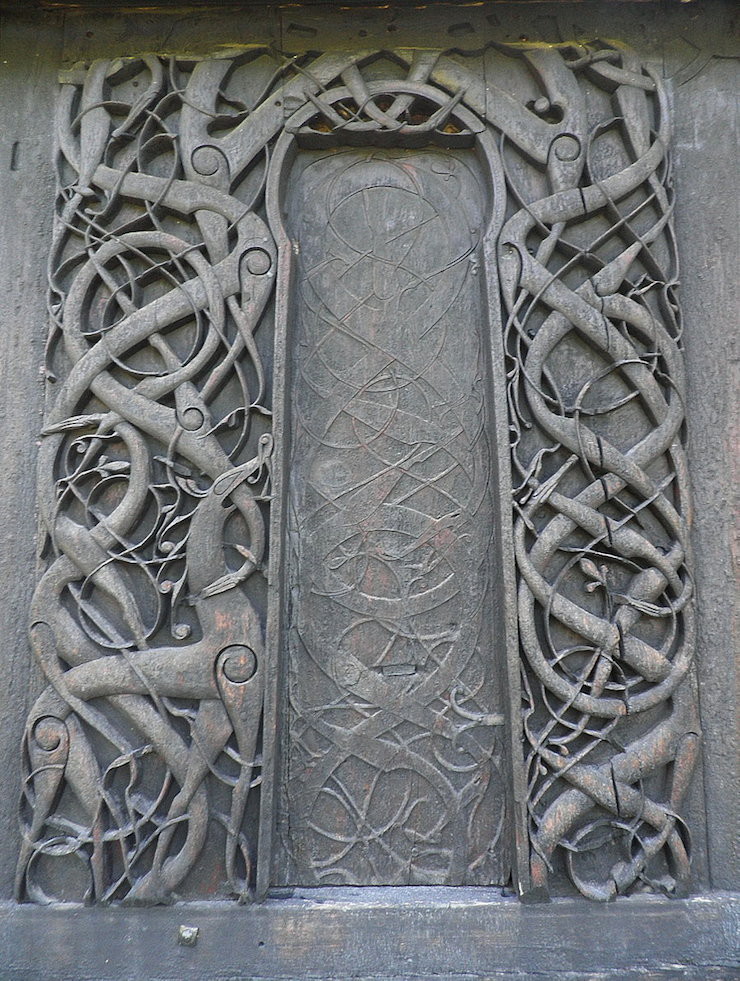
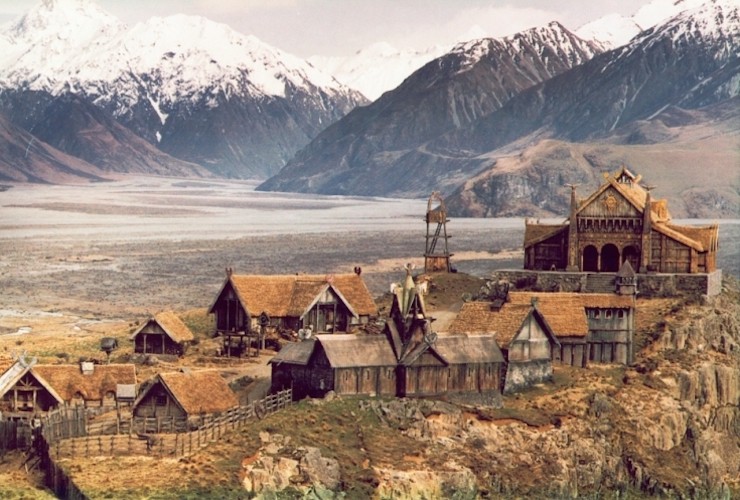
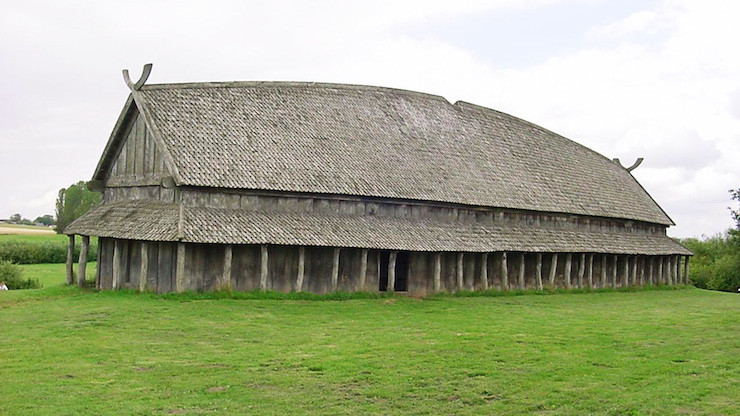
The Lord of the Rings is a wonderful shorthand for architectural styles that span hundreds of years of history.
- Elves = Art Nouveau
- Dwarves = Art Deco
- Hobbits = Futurism + Naturalism
- Gondor = Roman Antiquity
- Rohan = Norse
Funny how the older races of Middle Earth tend to prefer the more recent artistic movements. Next time you stroll by The Gherkin in London, take a moment to admire the Hobbit-ness of it!
(To get more in-depth with Lord of the Rings and architecture, check out the Middle-earth Architectures blog!)










